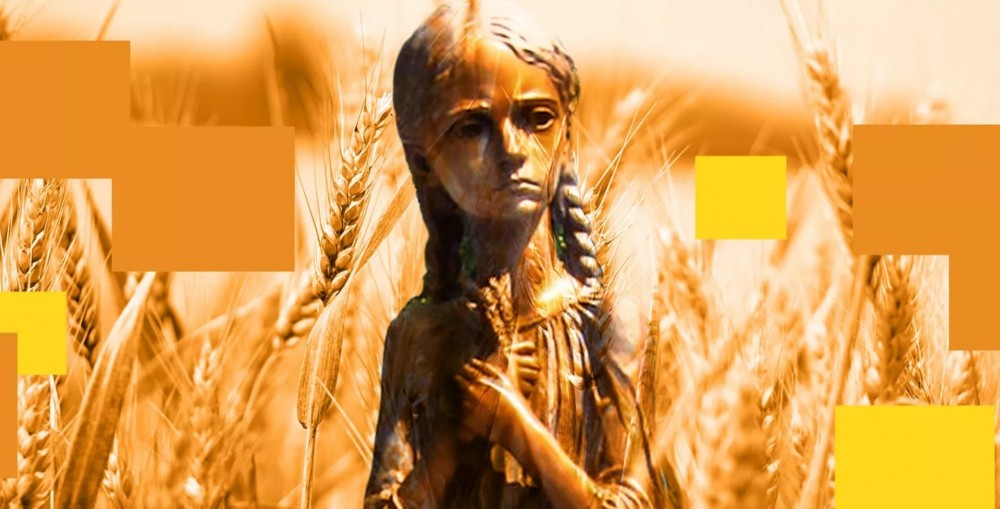
The totalitarian state of the USSR used constant violence against a person and total “brainwashing” to ensure a monopoly of power and ideologe. The promotion of communist ideas in Ukrainian society was ensured through mass propaganda. The authorities tried to involve as wide a circle of participants as possible in the propaganda process and used the entire available arsenal of mass media. The imposition of a collective management system in the Ukrainian countryside was closely connected with the breaking the old worldview and traditional way of life. The aggressive way of imposing the kolkhoz system and the obvious discrepancy between the promises and the reality led to a confl ict of interest among the peasant community and mass resistance to the actions of the authorities. Nevertheless, it should be noted that the chosen methods and forms of propaganda during the collectivization were successful in promoting the new ideology. Propaganda as an important factor of change is considered in scientifi c works usually indirectly because researchers focus on the political and economic aspects of collectivization and the tragedy of the Holodomor 1932—1933. Its forms and methods require further study. The purpose. The aim is to fi nd out the most successful methods of infl uence and the most typical messages to the consciousness of the Ukrainian peasant during collectivization and the Holodomor of 1932—1933, ways of spreading information and the circle of people involved in propaganda activities.Conclusion. It was found that the communist totalitarian regime used all the media at that time (press, radio, cinema) to promote the idea of agriculture collectivization. The periodicals and posters were the most effective among them in the 1930s because the large readership was biggest. The party functionaries, school teachers, students, teachers of institutes and workers involved in grain harvesting were maked to be propagandists. The сommunist propaganda appealed to people’s feelings, not their minds, so it wassuccessful. It used clear forms such as slogans, caricatures, combined different information genres skillfully. This approach caused the destruction of relations among the Ukrainian community, divided people intohostile social groups and facilitated the promotion of the idea of agriculture collectivization. At the same time, the propaganda imposed a fear of being left out of the team. As an integral part of state policy, propaganda infl uenced changes in the consciousness of Ukrainians in the direction of unquestioning perception decisions of the communist party and the government and justifi cation of any their actions.
Source: Starovoit, S. (2021). The communist propaganda in the context of collectivization and the Holodomor of 1932–1933. Ukrainian peasant. 25: 102-110
Source web-site: https://ukr-selianyn-ejournal.cdu.edu.ua/article/view/4305/4578
Number of views: 1806